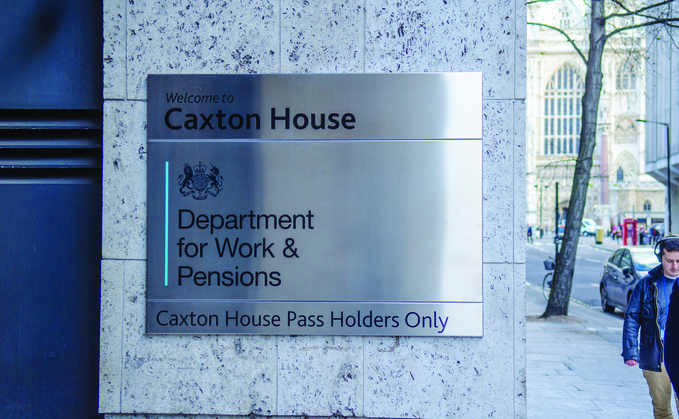
Responses should be sent to the DWP's general levy consultation team at Caxton House
The Department for Work and Pensions (DWP) has launched a consultation seeking views on further proposed changes to the general levy on occupational and personal pension schemes.
The general levy funds The Pensions Regulator (TPR), the Pensions Ombudsman (TPO), and the pensions-related activities of the Money and Pensions Service (Maps), all three of which receive grant-in-aid from the DWP, which is reimbursed by income from the levy.
The latest consultation - which closes on 13 November - comes after changes were made to the structure and rates of the levy in April 2021, following a public consultation in 2020.
The DWP said this consultation aims to raise awareness of the ongoing deficit in levy funding and sets out options for mitigating this over the next three tax years from 2024 to 2025 through to 2026 to 2027 - seeking the industry's views on the three options previously agreed by ministers.
It said, without reform, the cumulative deficit would continue to grow - rising to £205m in 2030-2031 as expenditure outstrips levy revenue.
The DWP said the need for further reform and increases in the levy was due to the increasing span of activities carried out by TPR, TPO and Maps to support government objectives.
It explained: "The government remains committed to improved member education, proactive regulation and strong protections for scheme member benefits. Ongoing action to bring costs and revenue back into balance is now inescapable and is an appropriate and reasonable response to the levy deficit."
The three options set out by the DWP are:
Option 1: Continue with the current levy rates and levy structure
The DWP said this option would freeze rates at this year's rates until the 2026-2027 tax year and retain the four categories of rate payer:
- defined benefit (DB) schemes
- defined contribution (DC) schemes other than master trusts
- master trusts
- personal pensions schemes
It said this option would see the cumulative levy deficit continue to grow, rising to £205m in 2030-2031 as expenditure outstrips levy revenue - adding this would mean greater rises would be needed at a later date.
Option 2: Retain the current levy structure and increase rates by 6.5% per year
This option allows for the current structure of the levy to be retained while increasing rates for all schemes at 6.5% per year.
The DWP said this option would bring the cumulative deficit back into a compliant level by 2031.
Option 3: Increase rates by 4% per year and signal an additional premium rate for small schemes (with memberships up to 10,000) from 2026
The DWP said this option increases rates by 4% per year across all schemes and will add a premium of £10,000 to small schemes which as of April 2026 have memberships under 10,000.
It explained this premium allows for a lower initial increase across all schemes, while still paying off the deficit, and supporting the consolidation of smaller schemes.
Revenue collected under different options
Source: DWP
Background
The levy has been the subject of a number of consultations over the past years.
In April 2021, following a public consultation in 2020, changes were made to the structure and rates of the levy from April 2021, 2022, and 2023.
These changes included an increase in the levy rates and the simultaneous introduction of four separate sets of rates: for DB schemes, DC schemes other than master trusts, master trusts, and personal pension schemes.
This change had itself been the subject of a length and controversial consultation process - with separate DWP consultations in October 2019 and December 2020 having both received negative industry reaction.









